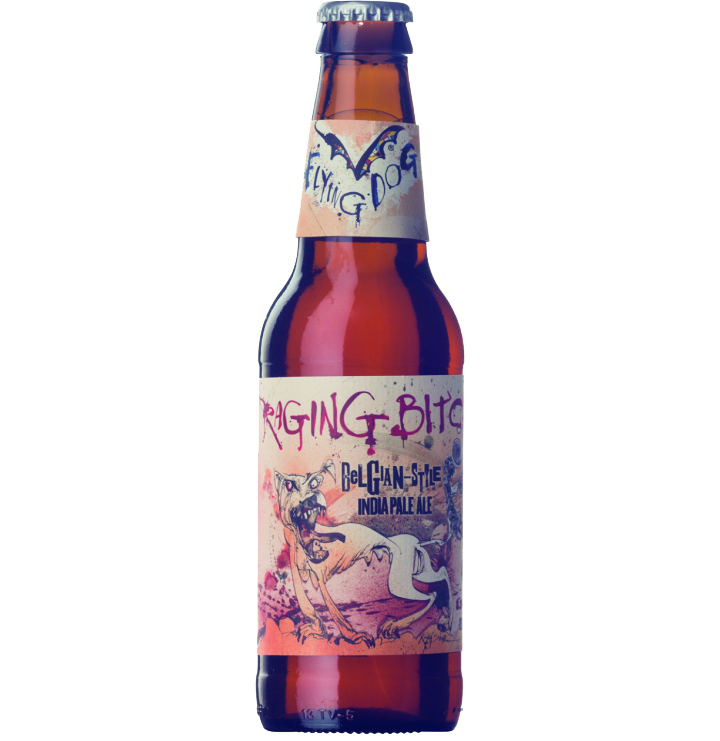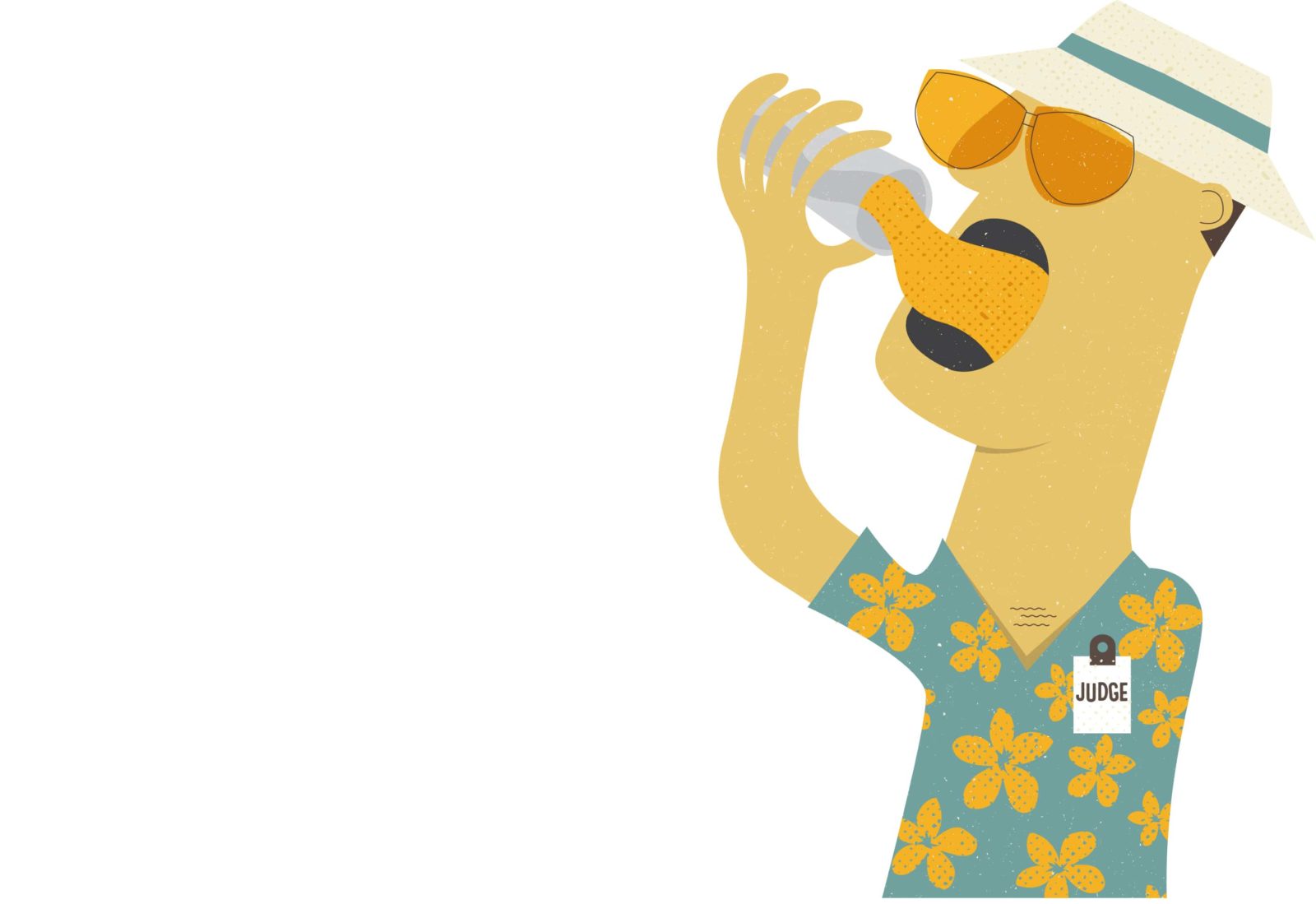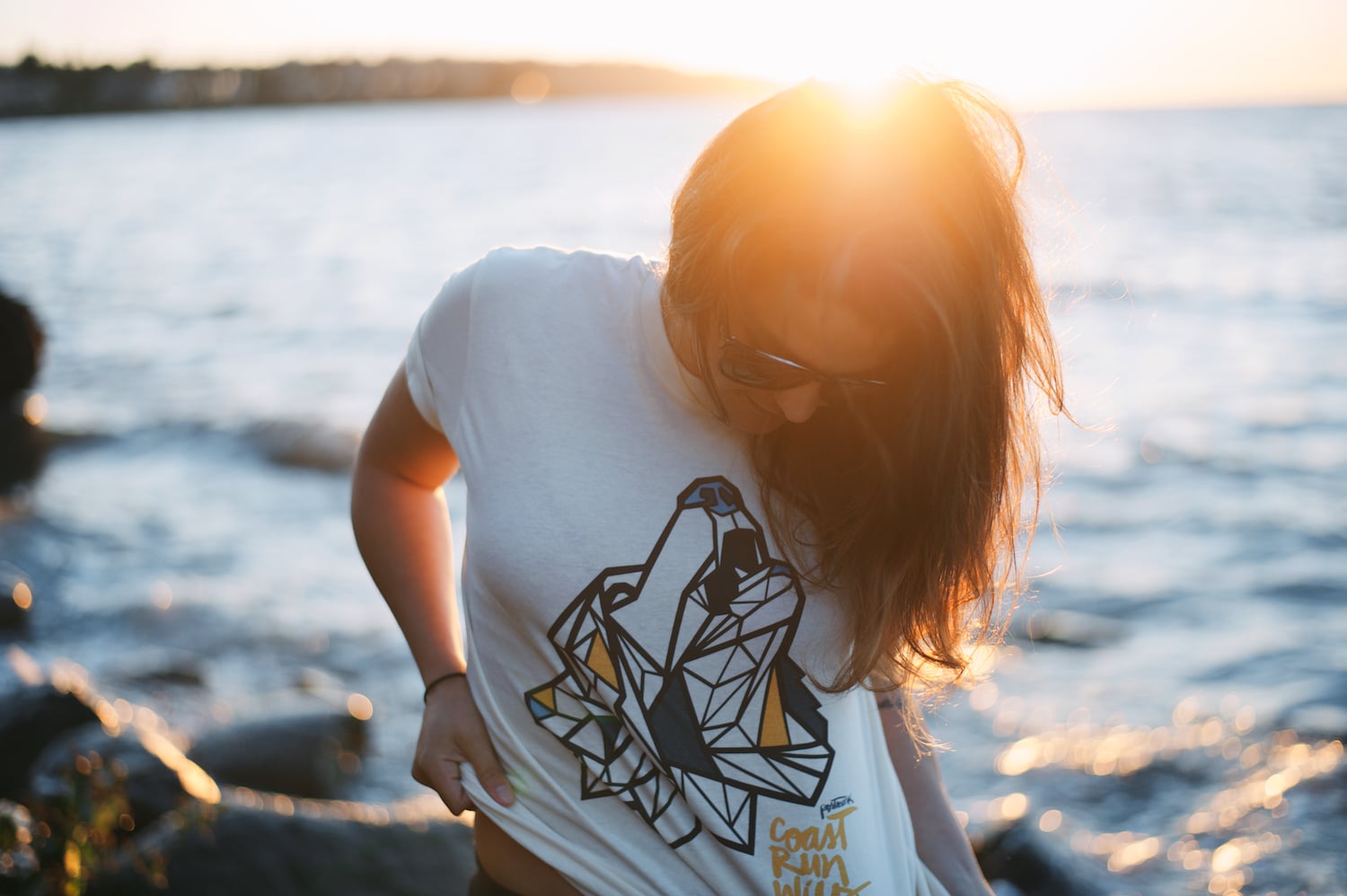
It’s collaboration brew day at Steel & Oak and of course I’m late. The plan was to come early and watch the whole process from start to finish – to pull back the curtains and see what’s at the heart of local beer collaborations.
Beer collabs have become for beer nerds what music collaborations are for music fans – a chance to geek out over the fact that your favourite artists have come together to create something, even if that something isn’t very good.
For me – a person understands the brewing process far, far less than the editor of a province-wide beer magazine probably should – there’s a romance to beer collaborations. Because brewers are like musicians, who collaborate in order to discover new avenues of creativity for their chosen craft, to service something larger than themselves.
But, like I say, I’m late. It’s 9:20am and I’ve missed them putting the mash in, which seems at first (to my uneducated mind) to be like missing the birth of something beautiful.
Which of course it isn’t. S&O’s brewing staff are milling about, handling tasks that one would have a very difficult time describing as “romantic.” One of them is adjusting some plumbing. Another is rinsing some metallic equipment that looks complicated, important, and easy to break. Peter Shulz, S&O’s (now former) brewmaster is on the stairs leading the brewers office, sweeping.
Looking around, the collaboration brew day looks…well, just like any other day. Strange Fellows, S&O’s collaborators for this particular brew, are nowhere to be seen. I ask Shulz where they are.
“They just called and said they’re going to be late,” Shulz says.
“Huh. Well, this isn’t much of a collaboration then, I guess?”
He explains to me that the real action – the collaboration part – happened weeks before, when they figured out what style they would brew, and with what ingredients.
It was clear at this point 13 minutes after my arrival that I’d come to investigate a profoundly eventless non-story. Thankfully, this isn’t just any collaboration brew day, but the brew day for Vancouver Craft Beer Week’s annual collaboration beer, and there’s going to be a big party starting in a few hours.
I press Schulz further. Surely, if Strange Fellows showed up, there’d be more action here, today?
But Shulz shrugs, sweeps.
“If Iain [Hill, Strange Fellows’ brewmaster] was here, we’d just be standing around talking,” he says. “The act of actually brewing is rather unimportant. Look, if you’re a baker, how many times do you need to mix water and flower to know it’s done right?”
The truth is, head brewers do very little actual brewing the higher they rise up the chain, and there’s even less to do when two head brewers get together.
“Everyone’s surprised how little work there is,” Parallel 49 brewmaster Graham With tells me several weeks later. He’s in the middle of promoting P49’s Brews Brothers collaboration pack, one of the most ambitious collaboration projects in BC: 12 different handpicked BC craft breweries each create a new recipe that is brewed and sold exclusively in the limited edition mixer pack.
There’s no standard, but the common mode for beer collaborations looks like this:
1) Planning stage: where the brewers sit or stand around, shoot the shit while tossing ideas around for styles and ingredients. Collaborations are primarily social endeavors, and only the most unsociable and hard-nosed brewer would attempt to focus solely on creating a recipe. At press time for this issue, The Growler has not met such a brewer.
2) Brewing stage: which With can explain better than anybody: “Normally there’s just one person brewing. So when we do a collab, there’re two or three of us [from P49], there’s two or three of them [from the other brewery]. Yeah, there’re six people doing one person’s job.”
Typically – perhaps obviously – beer is consumed, which is understandable, as there’s basically nothing else to do in this kind of situation but indulge in the one thing everyone has in common.
I don’t know what else I was expecting, but this clearly wasn’t it. Strange Fellows eventually shows up 11am. In the meantime, I learn new words such as “sparging” and “lautering,” the meanings of which I forget almost immediately, what with all that beer and such.
And that’s how you make a collaboration beer.
• VCBW’s 2016 Collaboration Brew, Tu Meke Saison, is available is available now at select BC Liquor and specialty beer stores. Visit VancouverCraftBeerWeek.com for more info.




